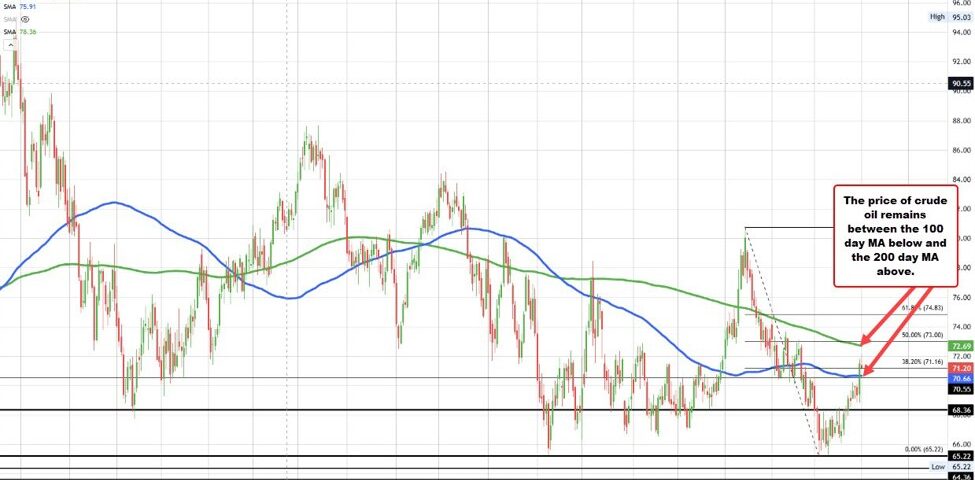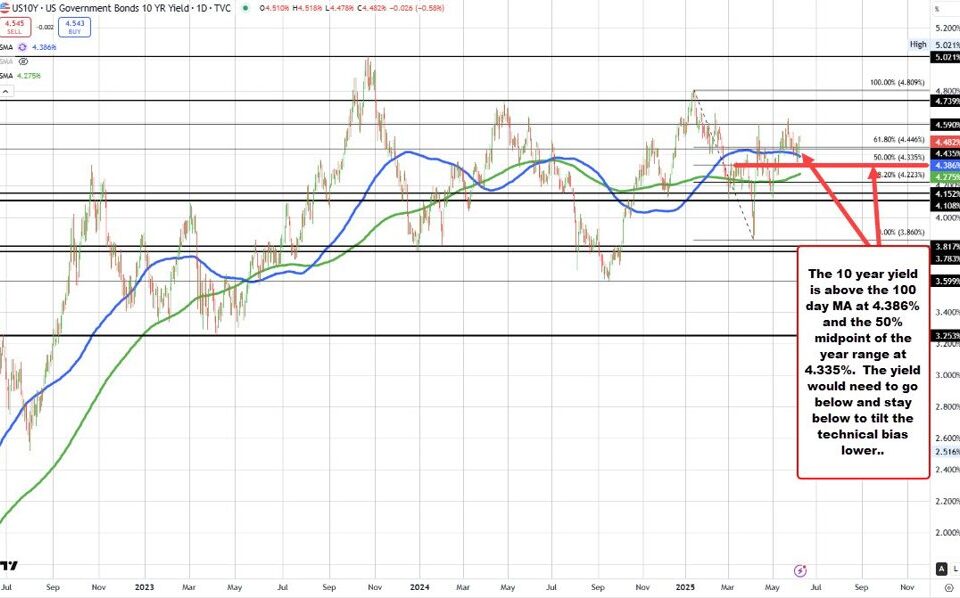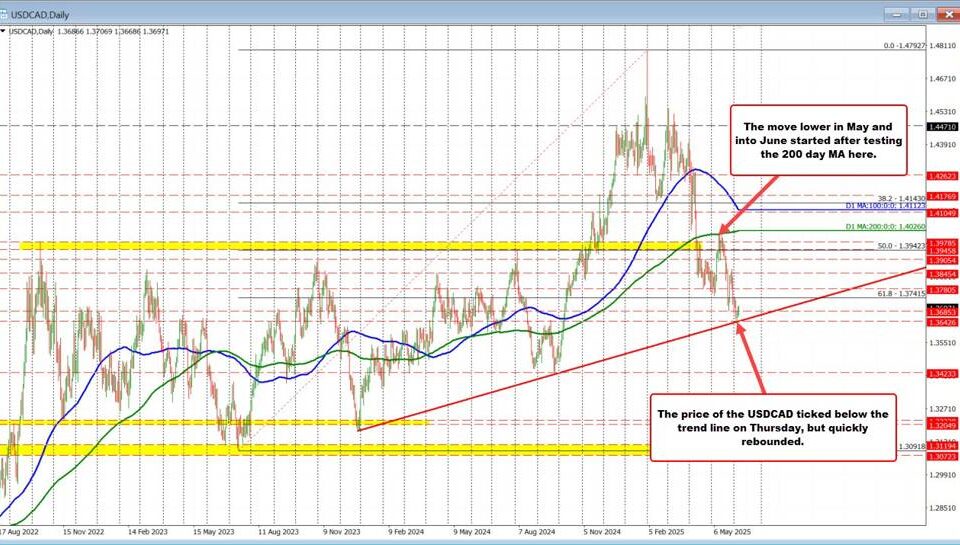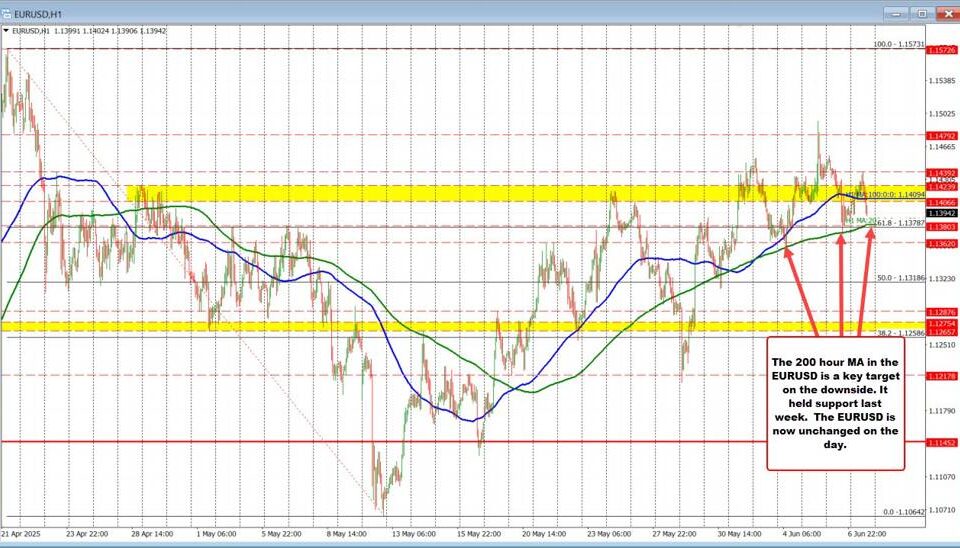Understanding Morgan Stanley’s Insights on March US Non-Farm Payrolls and Economic Trends
Tháng 4 1, 2025
Wisconsin Supreme Court Election 2025: The Battle for Justice and Ideological Control
Tháng 4 1, 2025Recent Updates on WTI Crude Oil Futures: An In-Depth Analysis
The market for West Texas Intermediate (WTI) crude oil futures has recently demonstrated notable fluctuations, settling at $71.20 as of the latest trading session. This price point underscores the complex interplay of various supply and demand dynamics that continue to shape market sentiment and trading strategies.
Current Trends in WTI Crude Oil Prices
WTI crude oil prices have charted a distinct path since reaching peaks close to $90 in September 2023. Currently, the market is observed to be operating within a descending triangle pattern, indicating that traders are grappling with conflicting signals about future price movements. Recent price action reveals a rebound from the significant $67.50 support level, hinting at a potential corrective rally. This upward bounce is reinforced by encouraging signals from technical indicators such as the Relative Strength Index (RSI) and the stochastic oscillator, both of which point to a strengthening bullish momentum in the short term.
The evolving trading environment compels traders and investors to remain vigilant, as technical formations could play an instrumental role in determining the next major price movement. Continuous monitoring of these indicators is essential for those looking to capitalize on potential bullish trends in the near future.
Key Market Drivers Influencing Oil Prices
Several pivotal factors are driving current oil prices. Primary among these is the declining level of U.S. crude inventories, which has been a critical element supporting the bullish stance in the market. Concurrently, geopolitical tensions, particularly the impact of U.S. sanctions on Venezuela and Iran, contribute to tightening global supply. These sanctions restrict the availability of crude oil on the international stage, further complicating the supply landscape and lending support to prices.
Yet, it is crucial to remain aware of counteracting pressures such as ongoing trade tensions and the looming shadow of a potential global recession. Both elements add a layer of uncertainty, creating a complex backdrop for traders as they navigate these challenges. The balancing act between supply constraints and recessionary fears will likely dictate shorter-term price movements.
As traders look for insights to avoid potential pitfalls in the volatile WTI crude oil market, it may be beneficial to review common investment mistakes to avoid making impulsive decisions amidst fluctuating prices. For further reading, check out the article on common investment mistakes.
Forecasts and Expectations for the Future of WTI Prices
Looking ahead, analysts have set their sights on a cautious outlook, projecting that crude oil prices may trade lower in the immediate term. Forecasts suggest that prices could stabilize around $68.44 by the end of the current quarter. However, it is essential to note that strong economic growth observed in the U.S. might provide a counterbalance to these declines. The interplay between robust economic indicators and persistent supply constraints creates an intricate environment where predictions can quickly shift based on new data.
In conclusion, WTI crude oil futures remain subject to volatile market forces, driven by both fundamental and technical aspects. Investors and traders are advised to maintain a strategic approach, taking into account the myriad of influences shaping the market. Continuous monitoring of geopolitical developments, inventory levels, and economic indicators will be vital in navigating the future of WTI crude oil prices effectively. For additional strategic insights, consider exploring the importance of disciplined decision-making in the WTI crude oil market by reading about psychological missteps to avoid.




